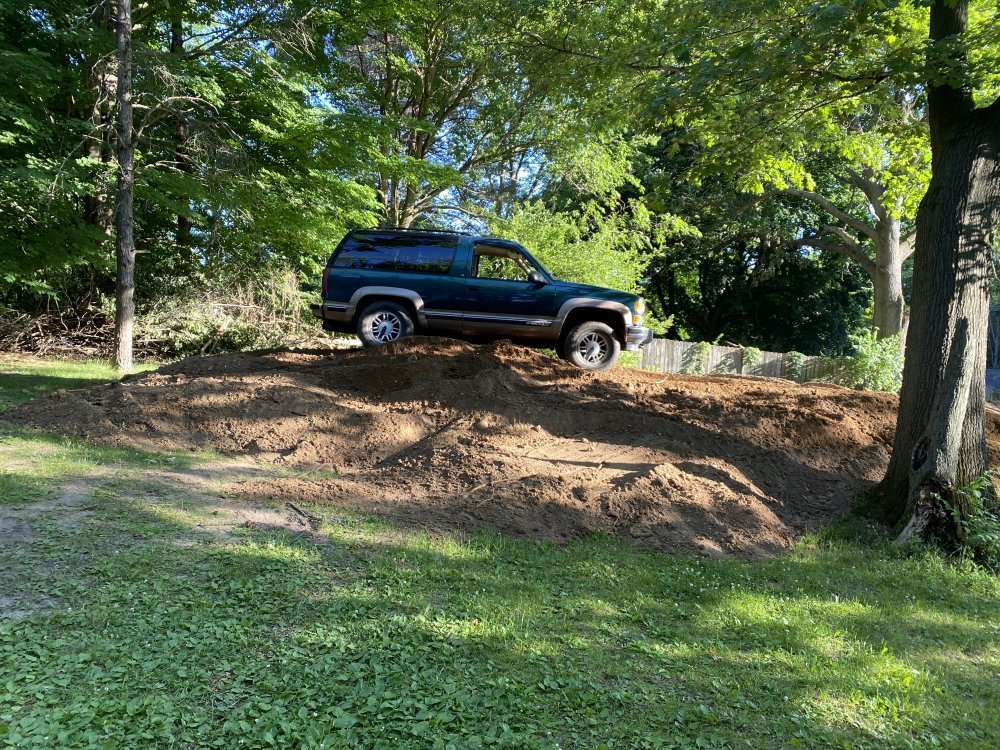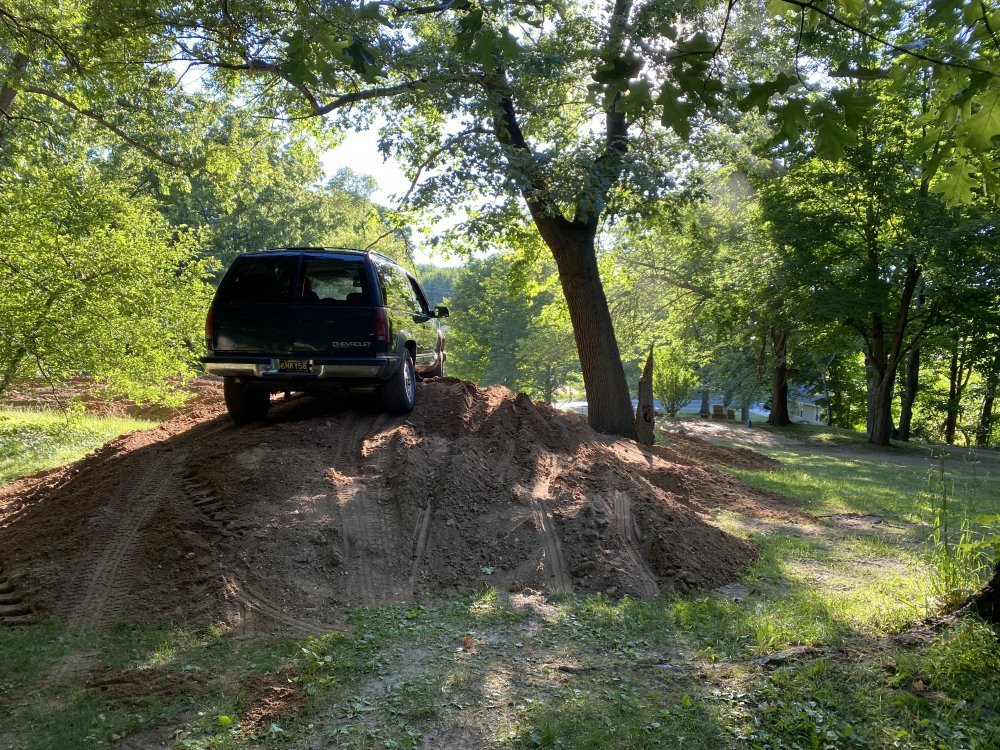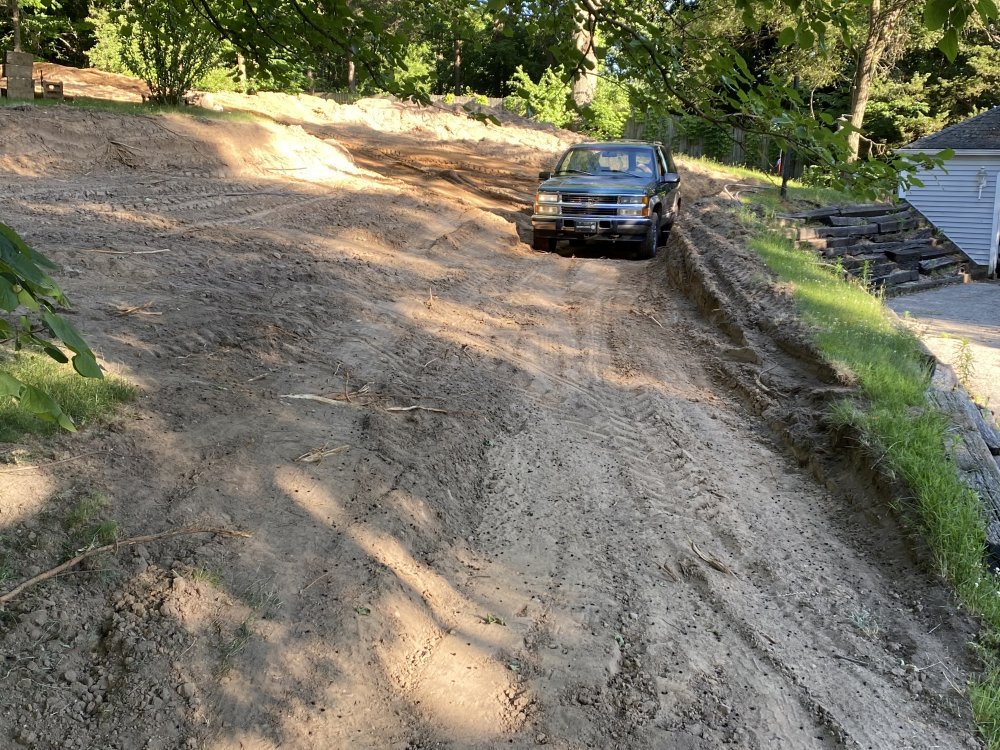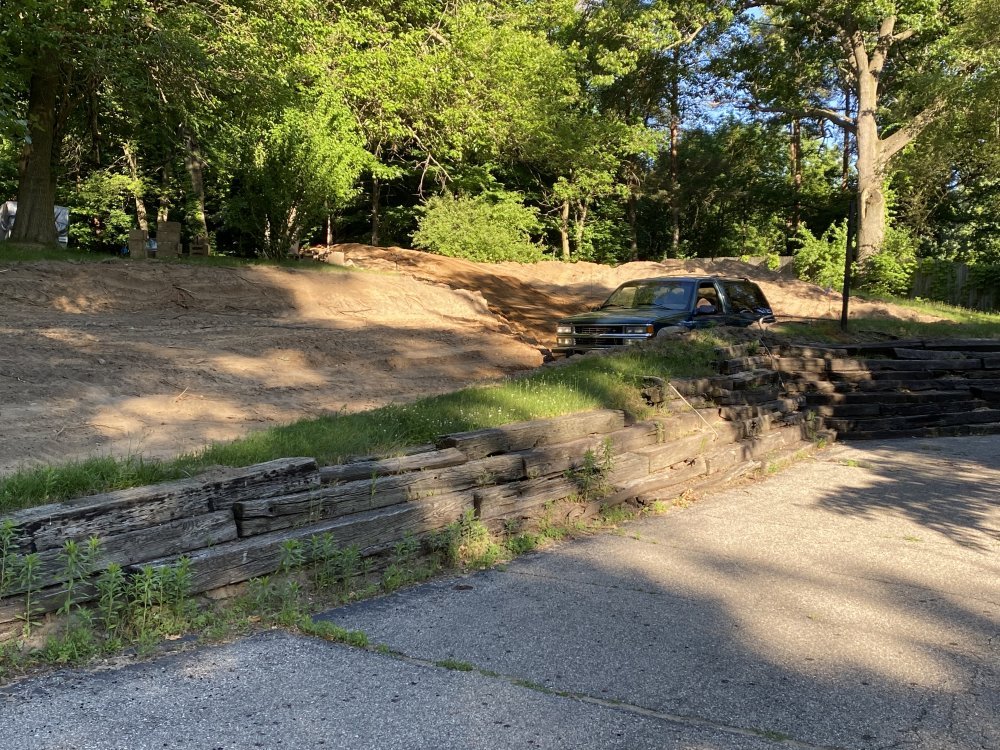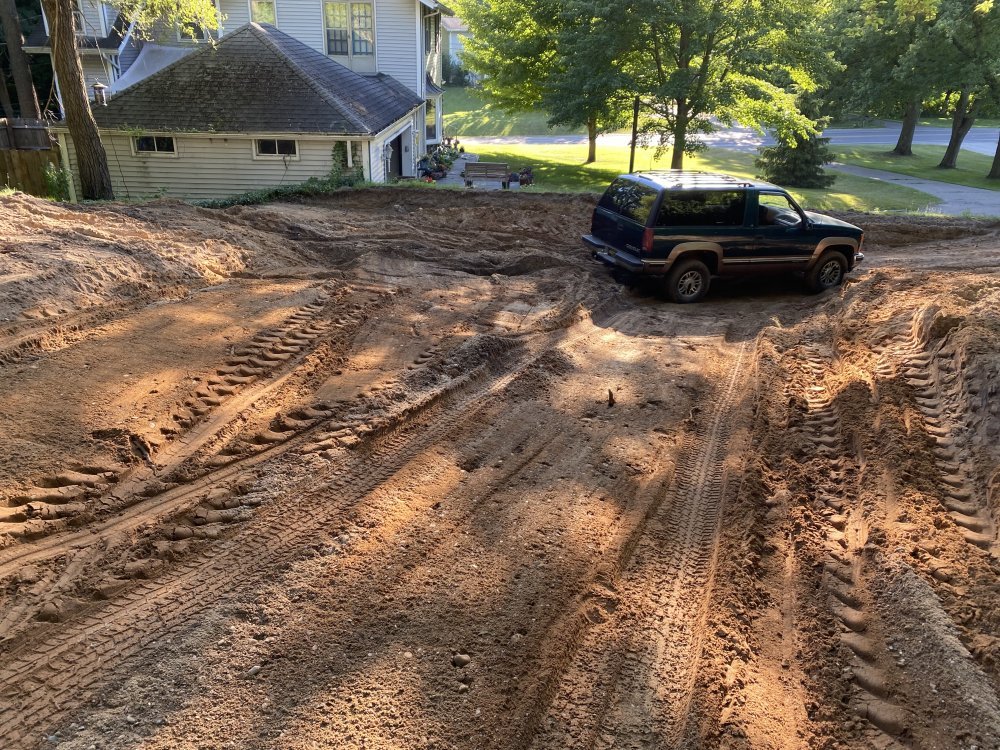n8in8or
I never met a project I didn’t like
Yup. It’s not cheap. That’s why I didn’t want to do it right away, but in the end I guess I would have been money ahead.
Follow along with the video below to see how to install our site as a web app on your home screen.
Note: This feature may not be available in some browsers.
This year I’ve been struggling with keeping the Turd Ferguson running right. I was using it to pull a rolling chassis out and ran out of gas. The only gas I had was the 6 month old gas I drained out of the Envoy, but hey, it’s just an old tractor so it’ll burn it. I put that old gas in it and it was running like crap. Huh. So I topped it off with some fresh gas and it was better....but then as I was pushing the chassis onto a trailer it started running like crap again....so bad that it even started backfiring super loud out of the exhaust. Dammit! So I figured the carb was dirty. I ordered a carb kit and rebuilt the carb. It didn’t look bad, especially since it was just a couple years since the last rebuild, but I figured there must have been some small junk I couldn’t see in the jets or passages. I put it back together and it was running the same. Dammit!! So I thought maybe it was the condenser. I took it off and checked the capacitance. It checked good. Huh. I changed the Autolite 386 plugs out and put some D21 Champions in after reading some other peoples’ experiences. It ran good for a little while and then started acting up again. After letting it sit for a while this summer I went back to try to get it running right. After thinking about it I decided it must have been the coil going bad. So I bought a new one from Napa. I put that coil in as well as a new set of D21 plugs and it was running great. Yes!! I used it a few times and it was running pretty well. Then one day it started acting up again. Dammit!! So I guess maybe it’s the wires? The #4 plug kept fouling so I figured that wire was worse than the others, but maybe they all are going bad. So I got a new set of Belken wires from Napa and another set of D21s. Fired it up and it was running the best it ever had, but in less than 5 minutes it was acting up again. Dammit!! Ok, so now I think it’s the condenser - it’s ok when it’s cold, but as it warms up it must be failing (this was my same theory with the coil, too). But I didn’t want to install a new set of points and condenser just to have them fail again eventually so I decided to put one of the electronic ignition kits from Pertronix in it. They make one for my 6V positive ground system. I put that in a couple weeks ago and so far all is well. It starts up quickly, runs well cold and hasn’t acted up once. This was the last thing I could change so it better have fixed it! Oh and it has been smoking from burning oil for a while, but now with the electonic ignition it has very little smoke, so it must be getting a hot spark and burning the oil better. Today I used it to plow the driveway for 50 minutes and it worked great the whole time. I’m very happy now, it sucked this summer not knowing what it was going to do from one day to the next and it made me realize how handy a tool the tractor is. So far I give the Pertronix electronic ignition 2 thumbs up.
I agree, they are a lot of money, but they seem to be the only game in town for doing the conversion.....well I guess I should say at least for 6V, positive ground. Last year I was searching for electronic ignition conversions and I did find another company that did it, but they didn't offer it for the 6V, PG. The other company seemed a little more home-spun, but still looked like decent quality.I was told this is a must for my 69 IH. So eventually I will do it but agreed with above, these setups seem like substantial money for something that's been out for so long and not really that complicated. My dad has converted all of his old cars.
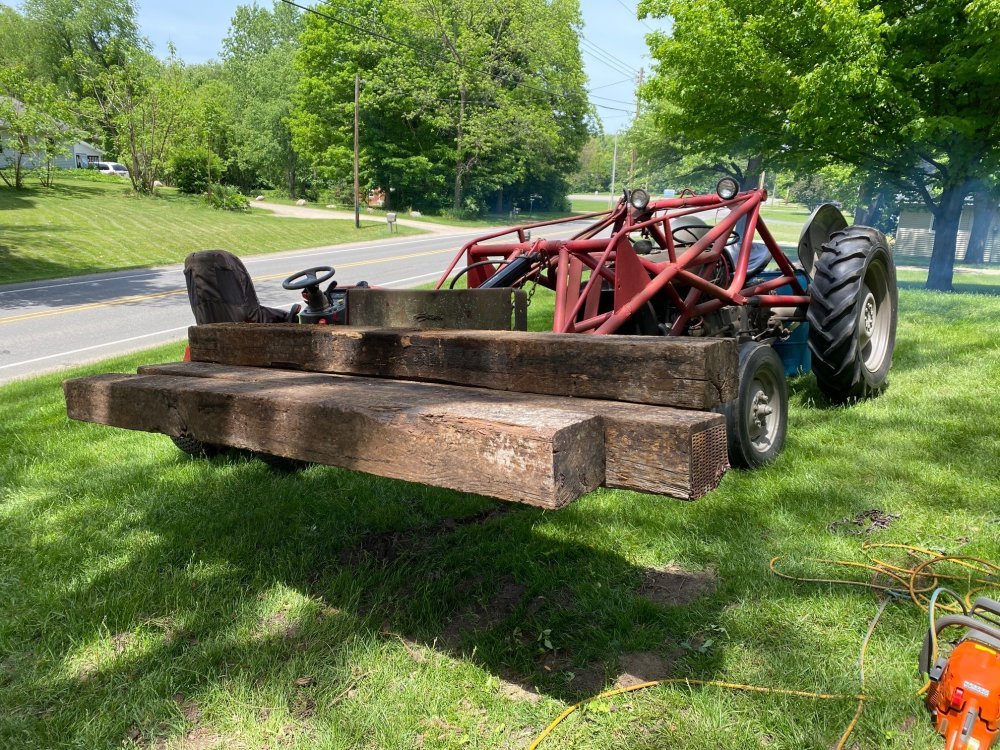
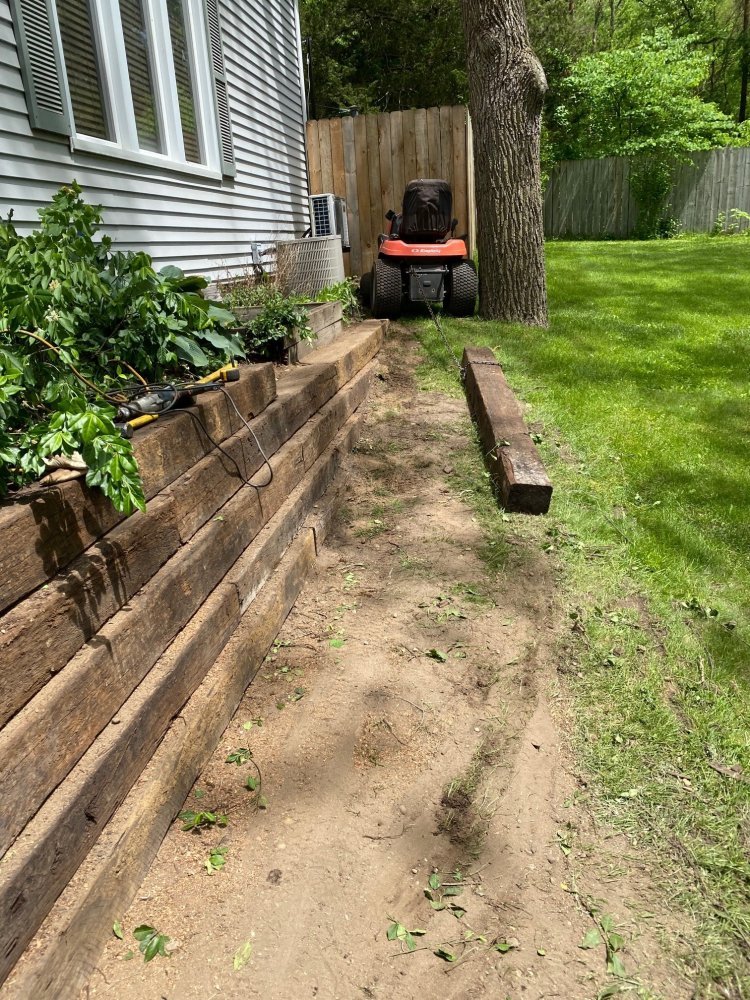
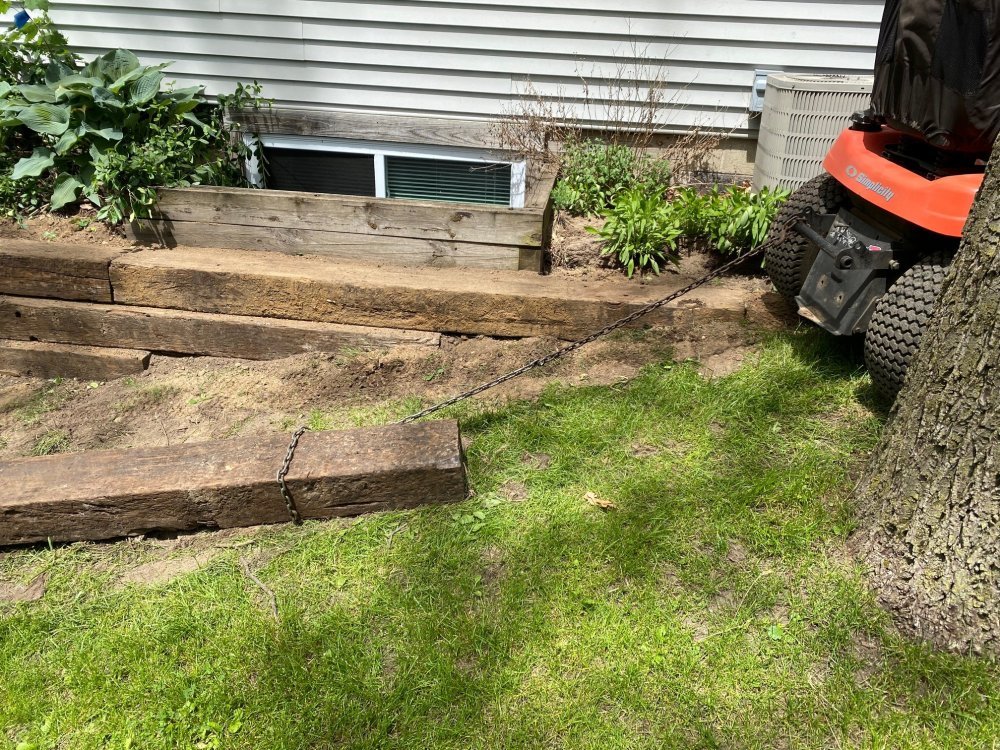
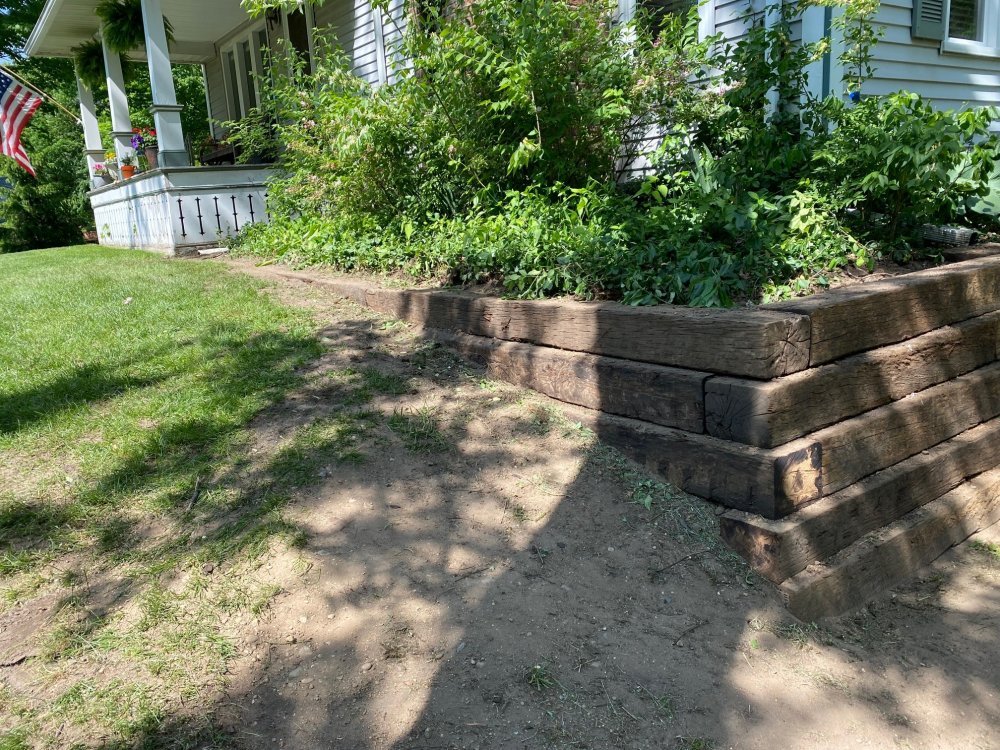
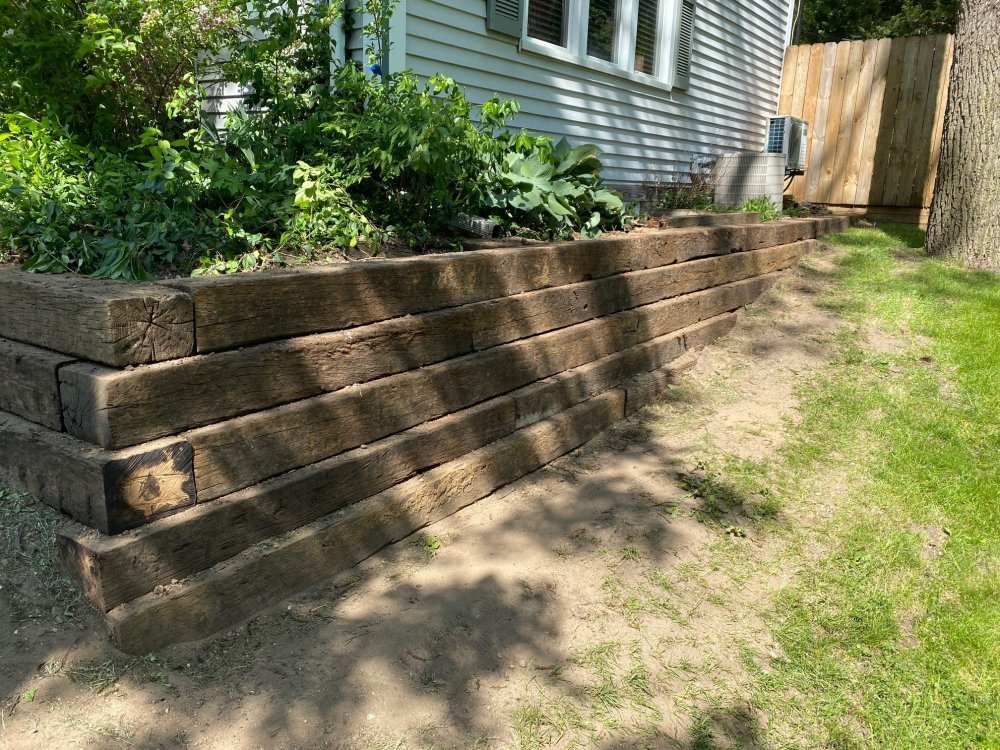
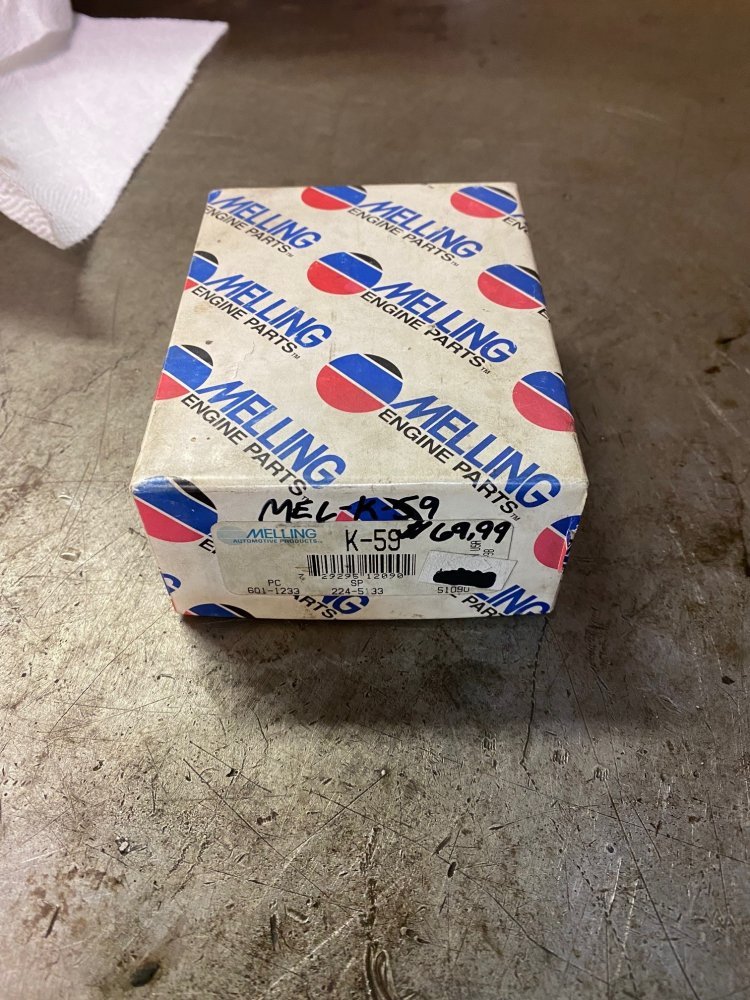
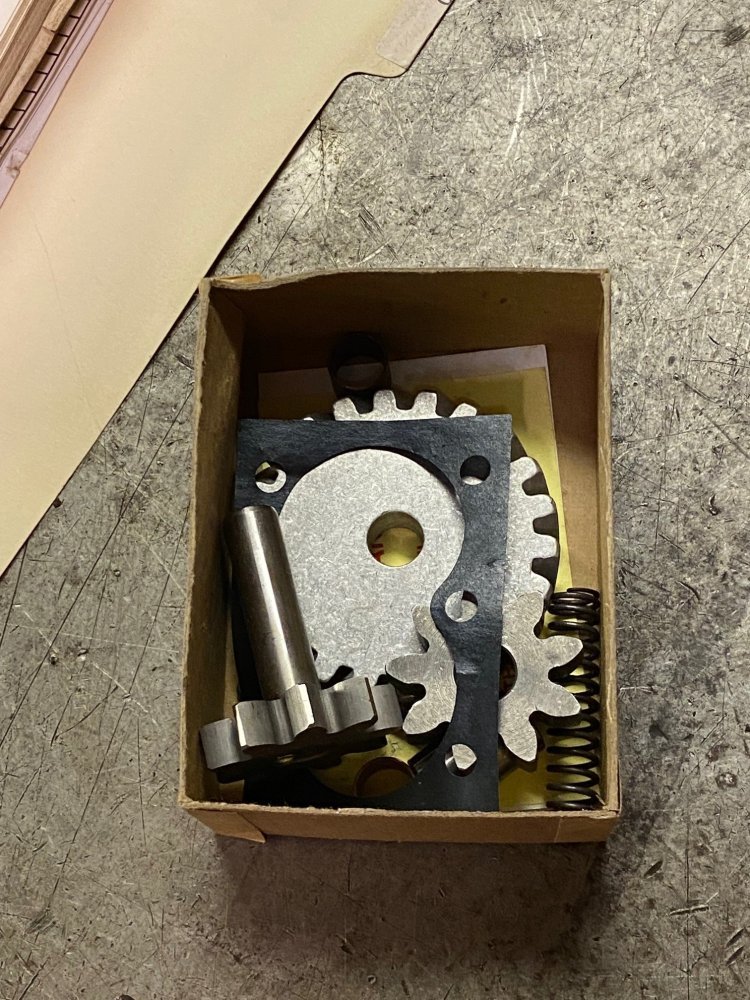
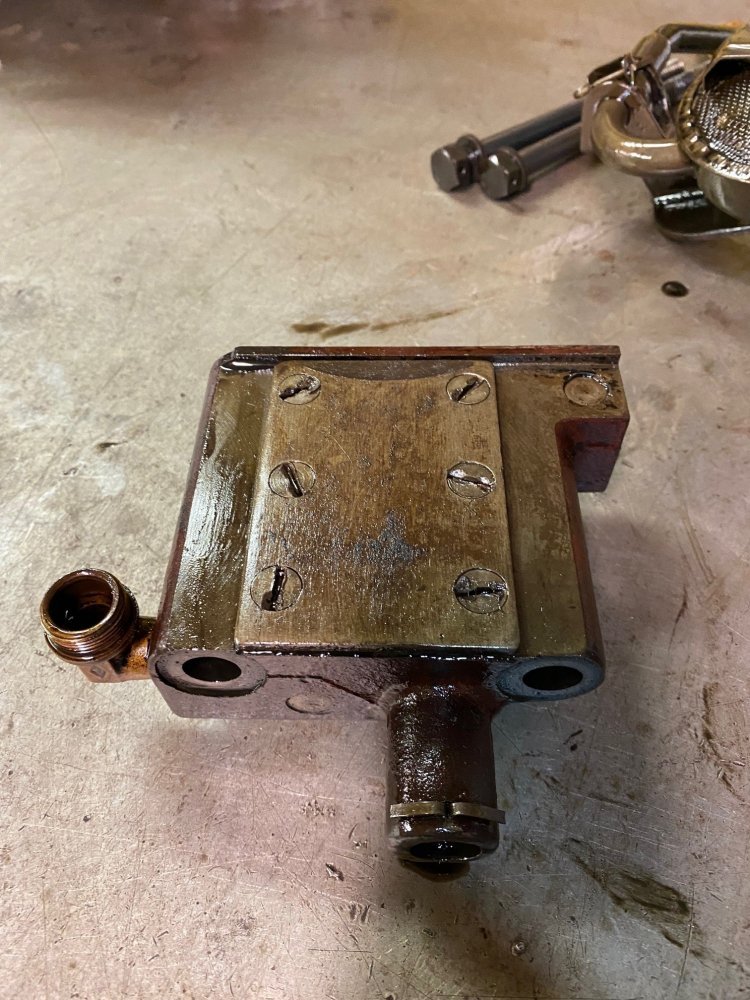
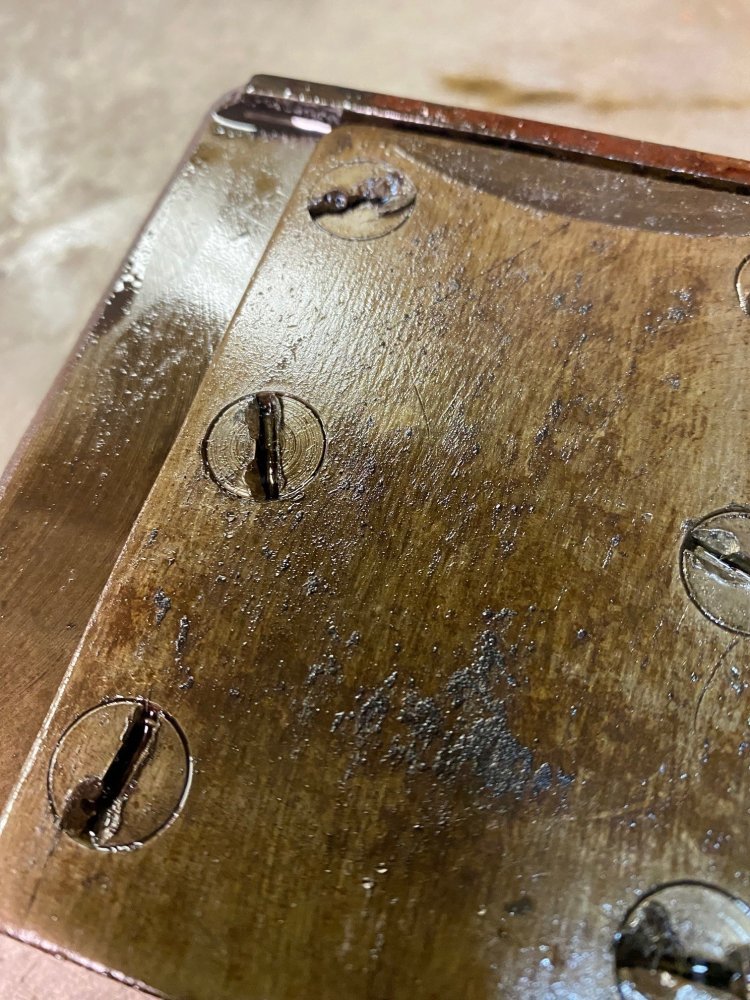
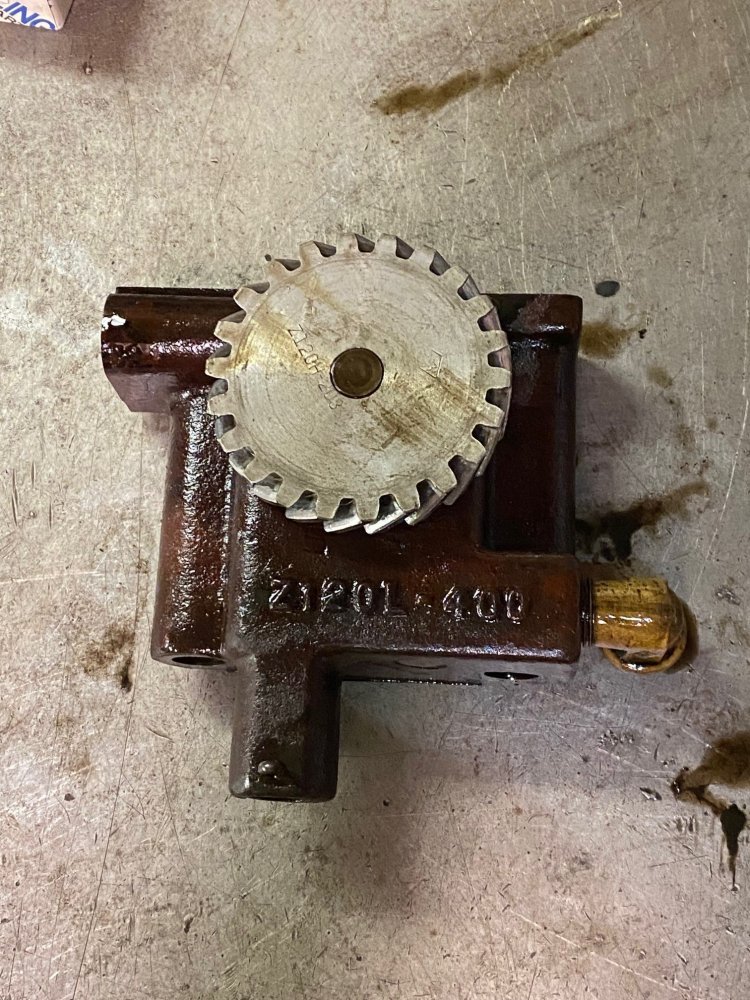
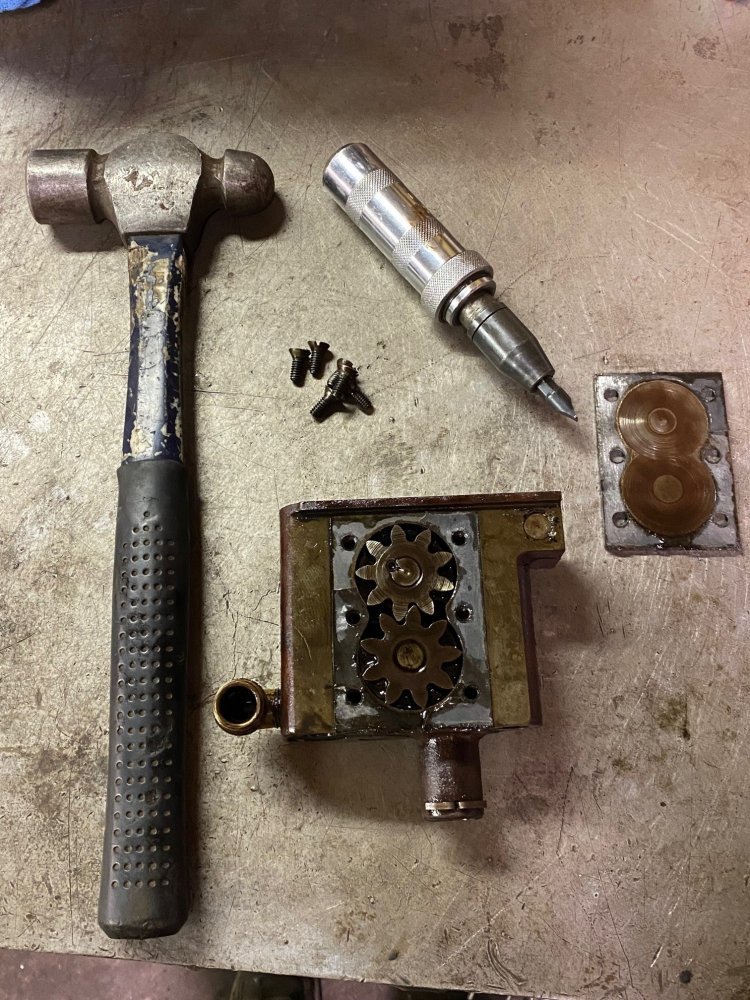
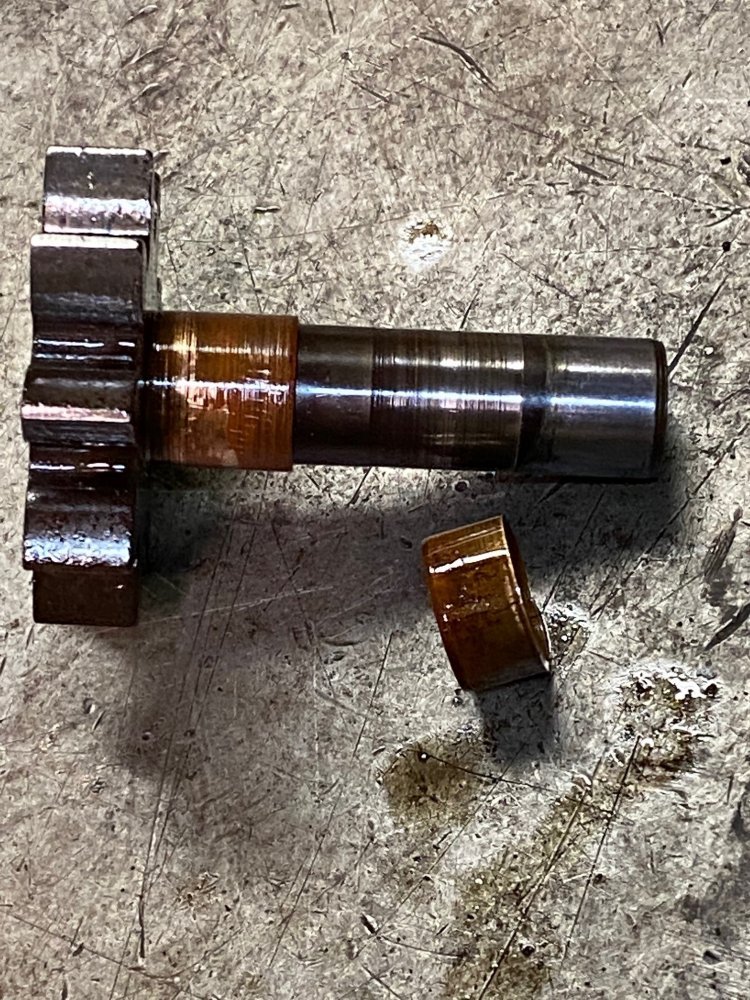
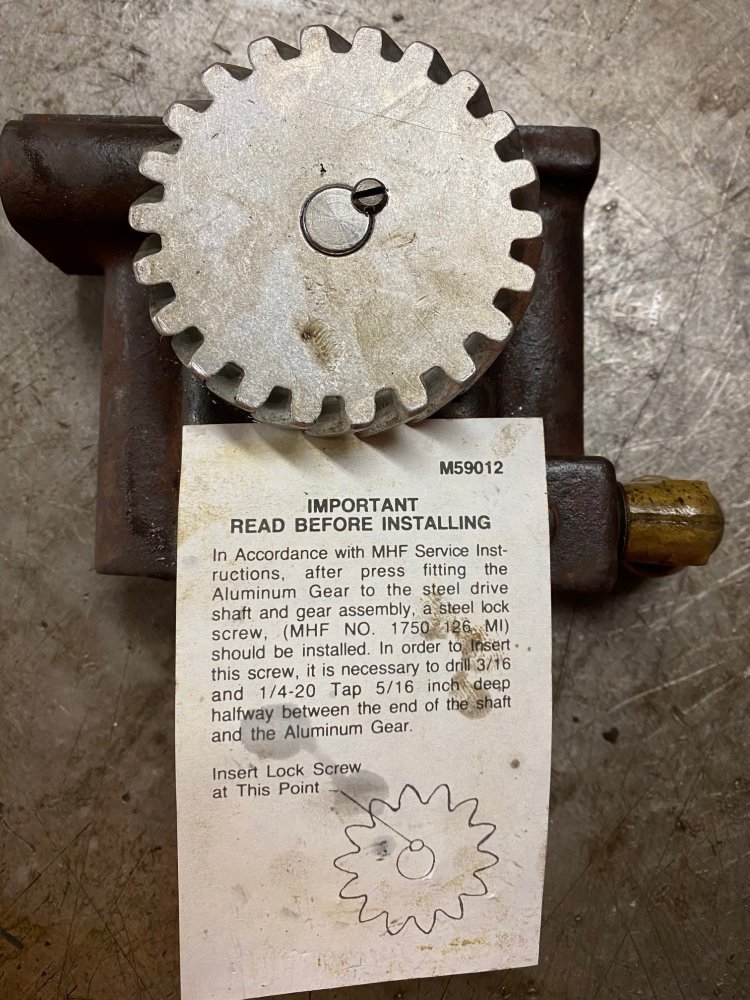
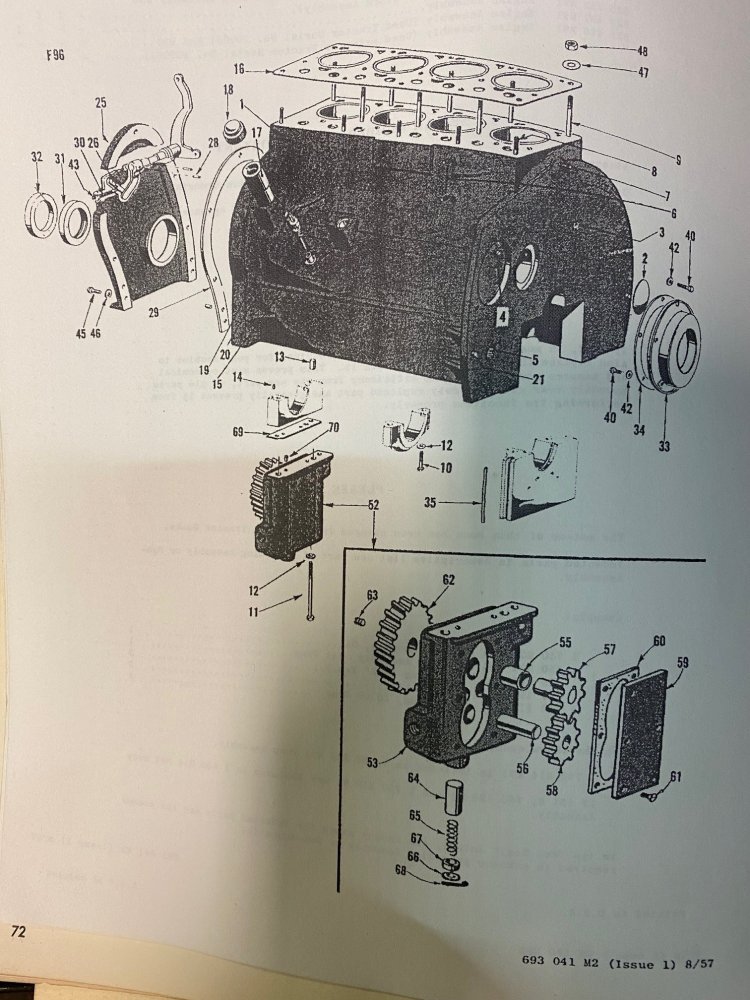
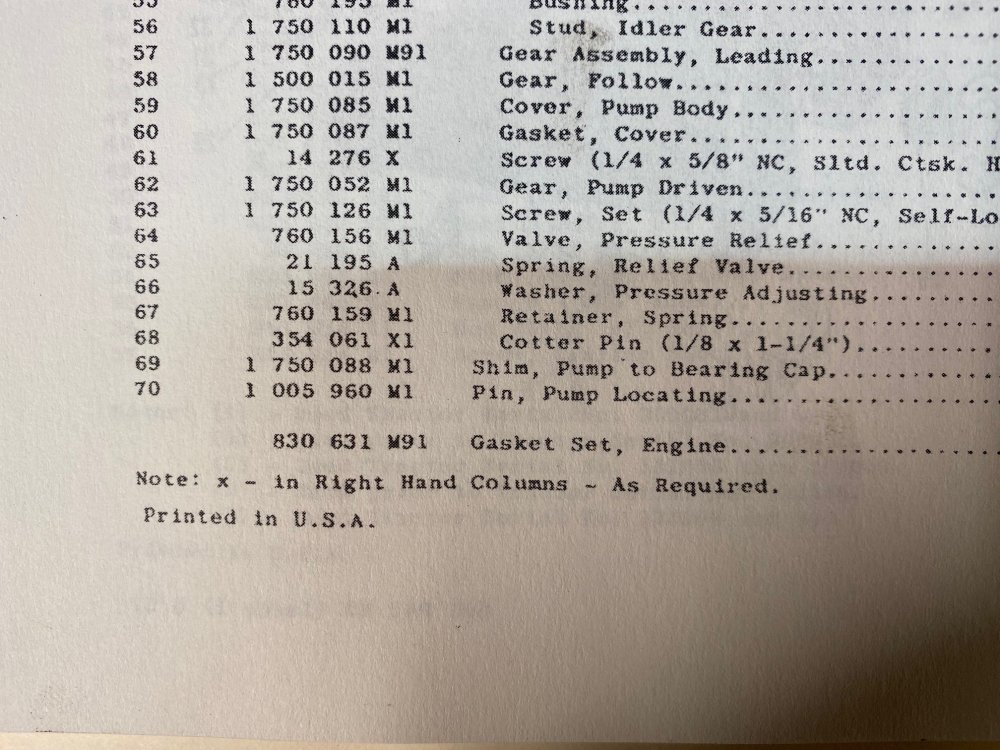
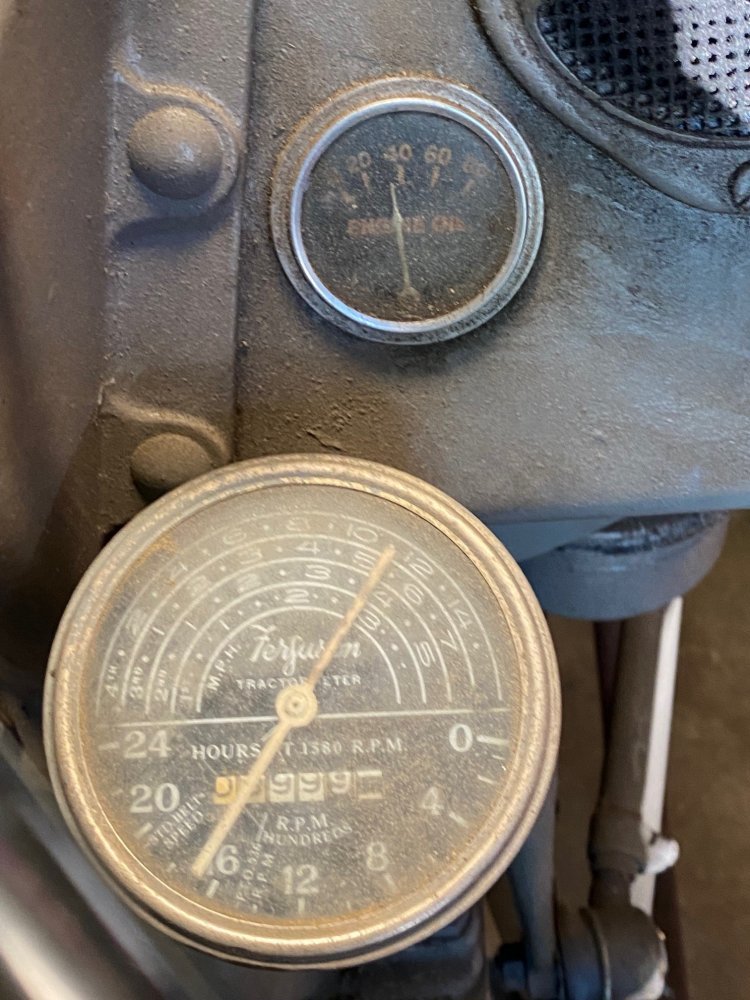
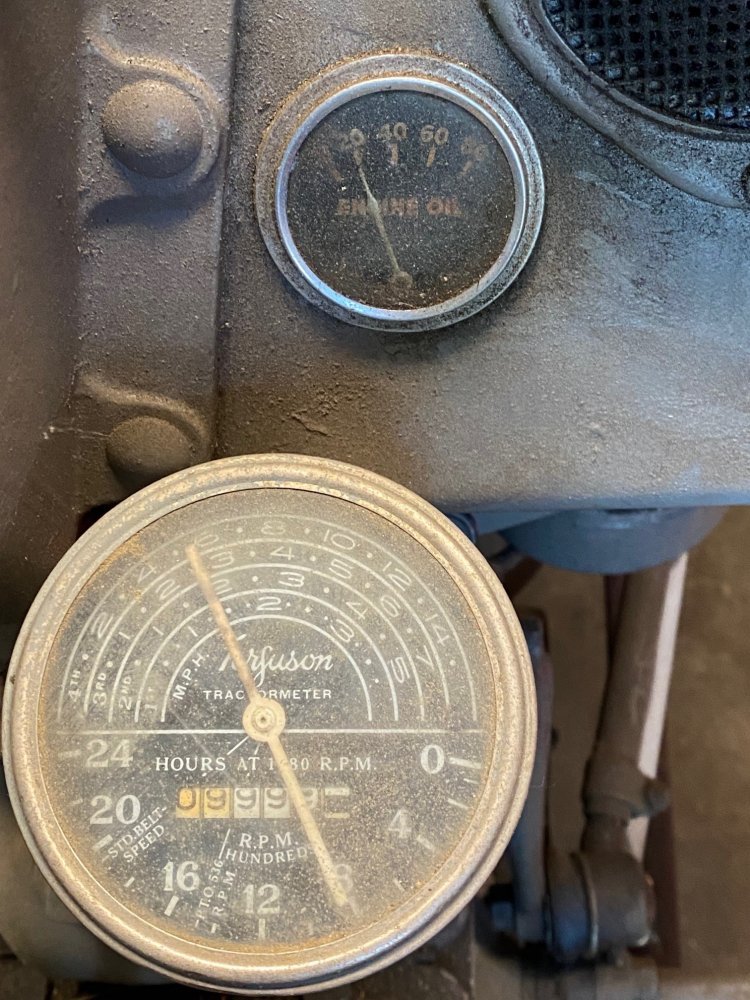
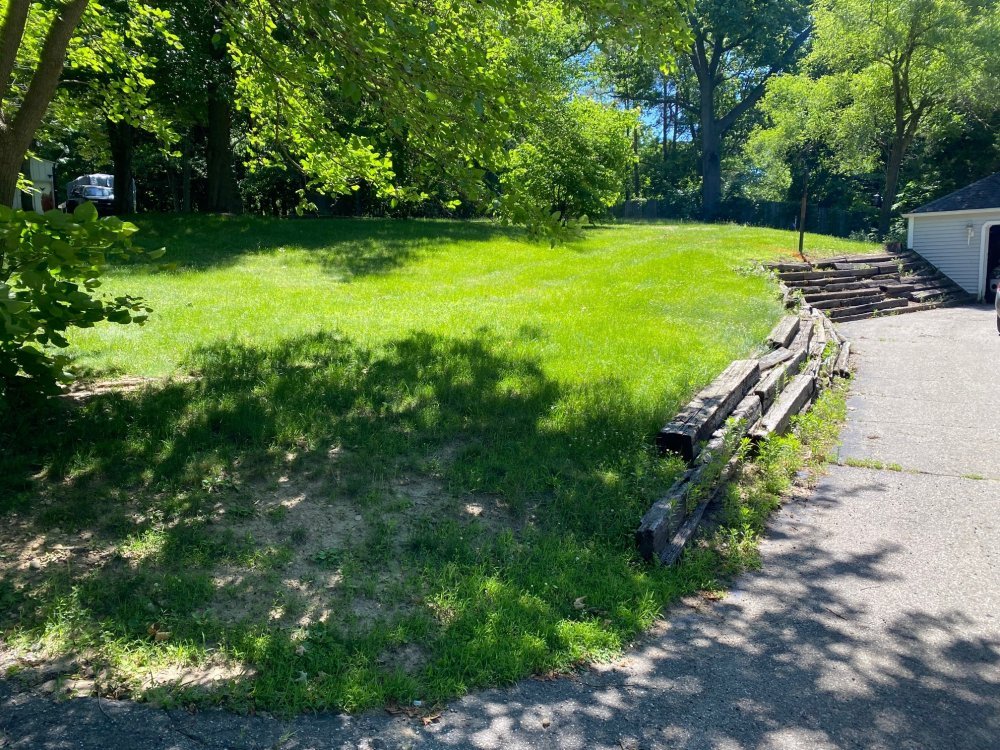
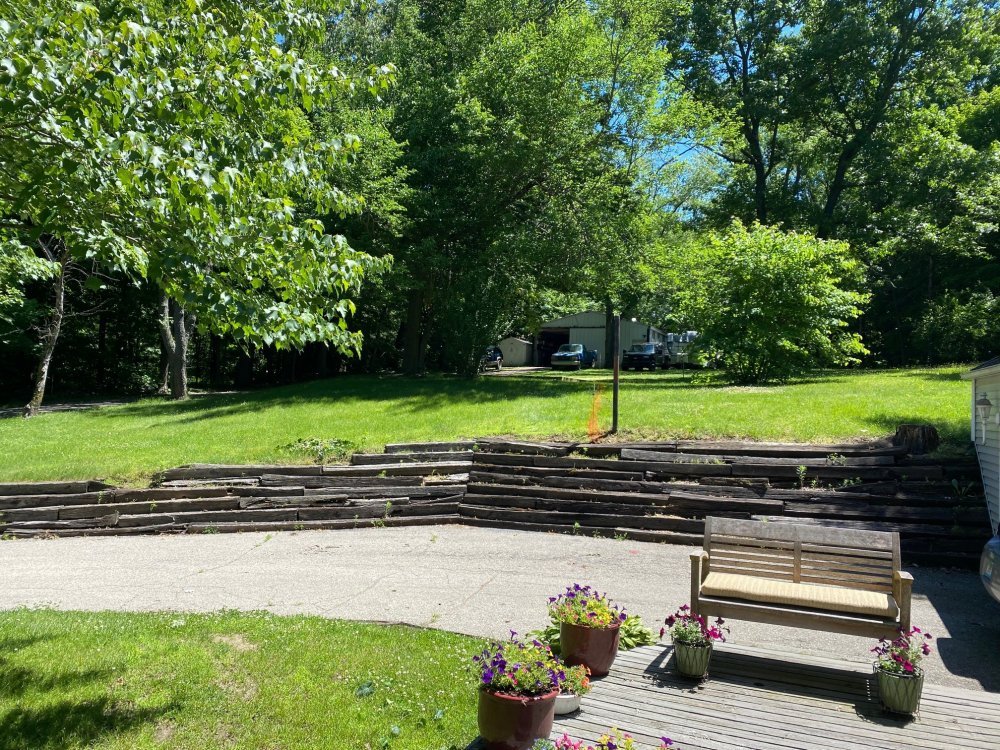
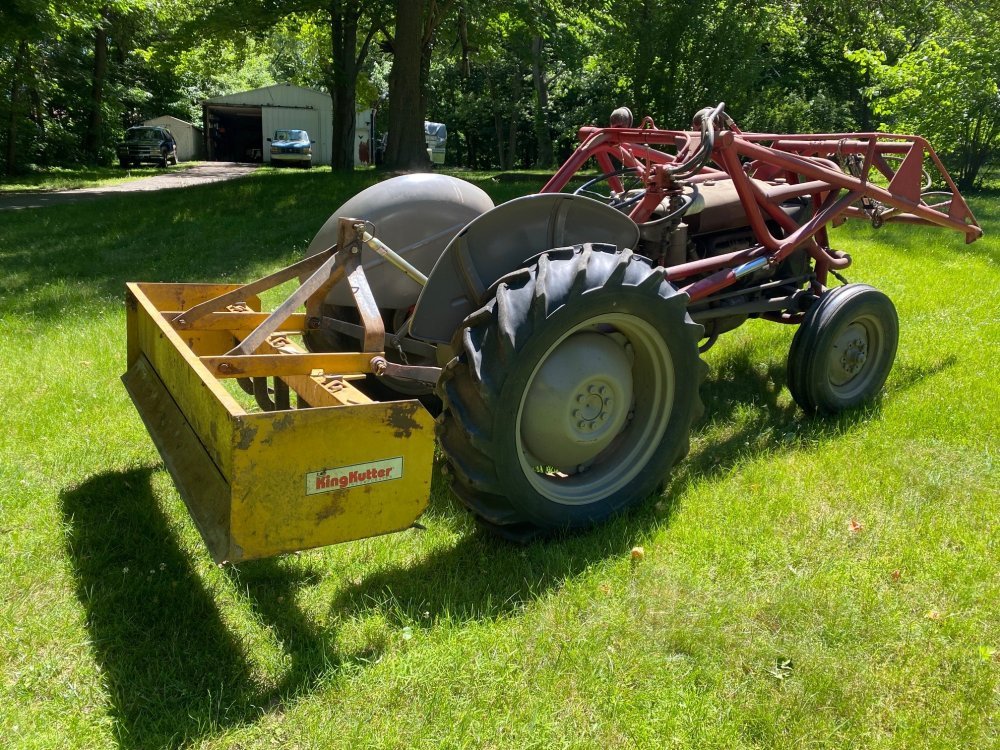
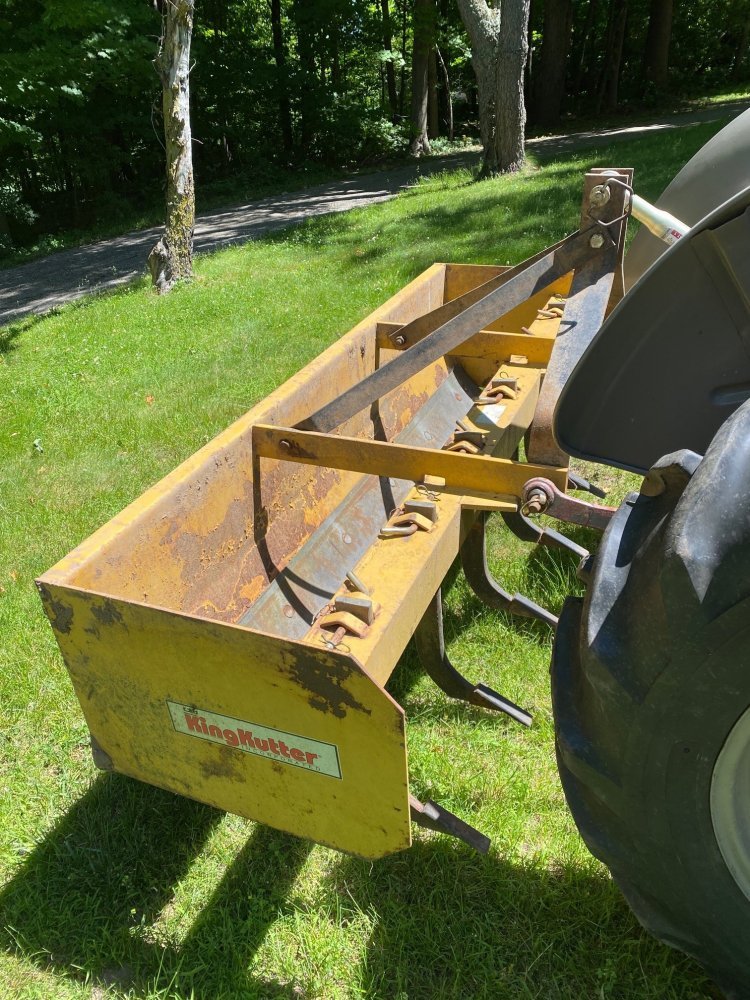
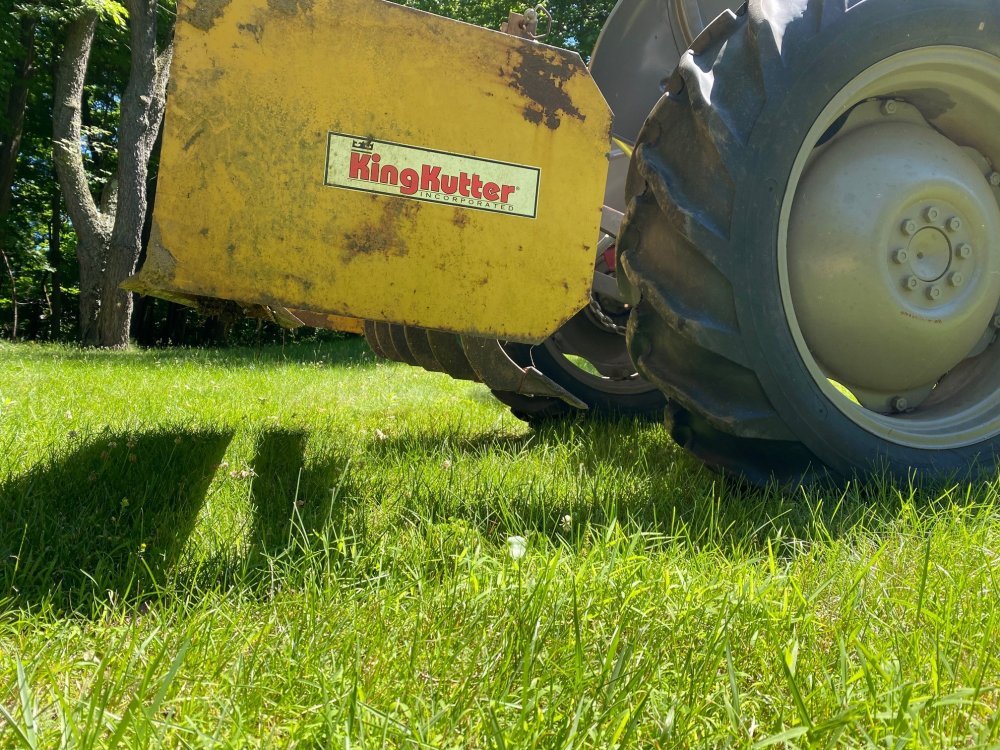
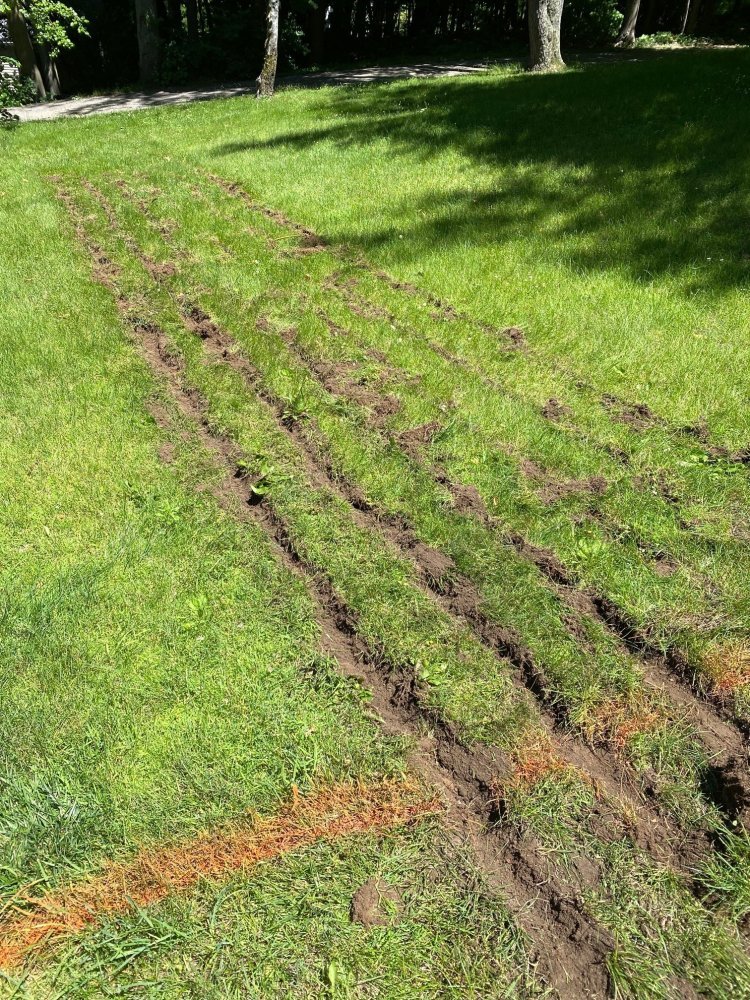
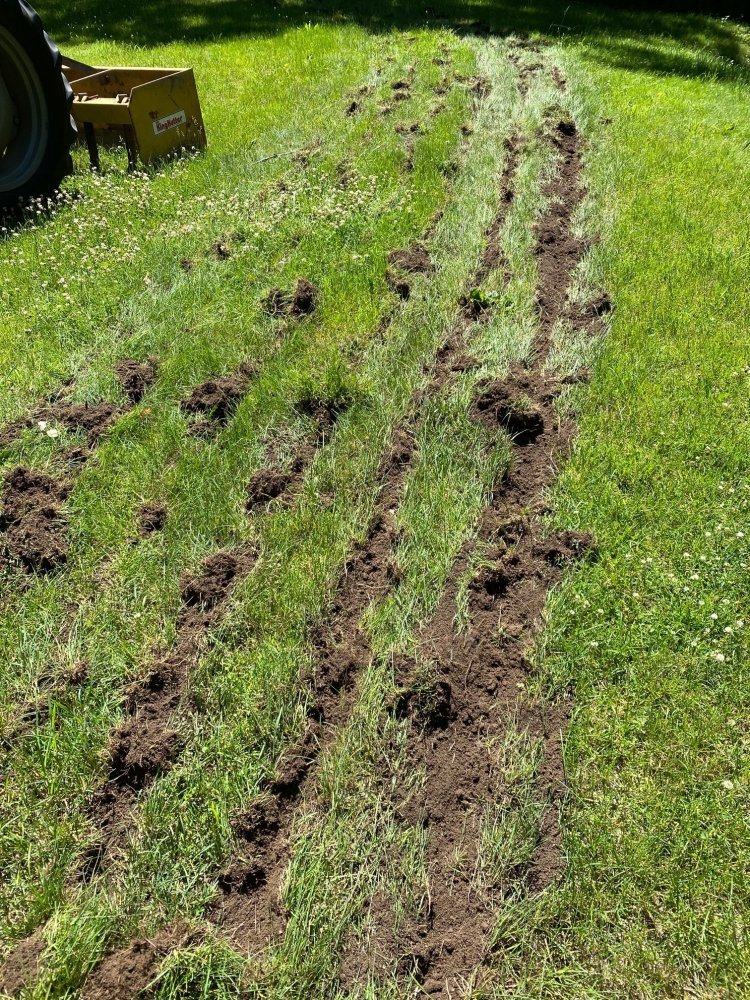
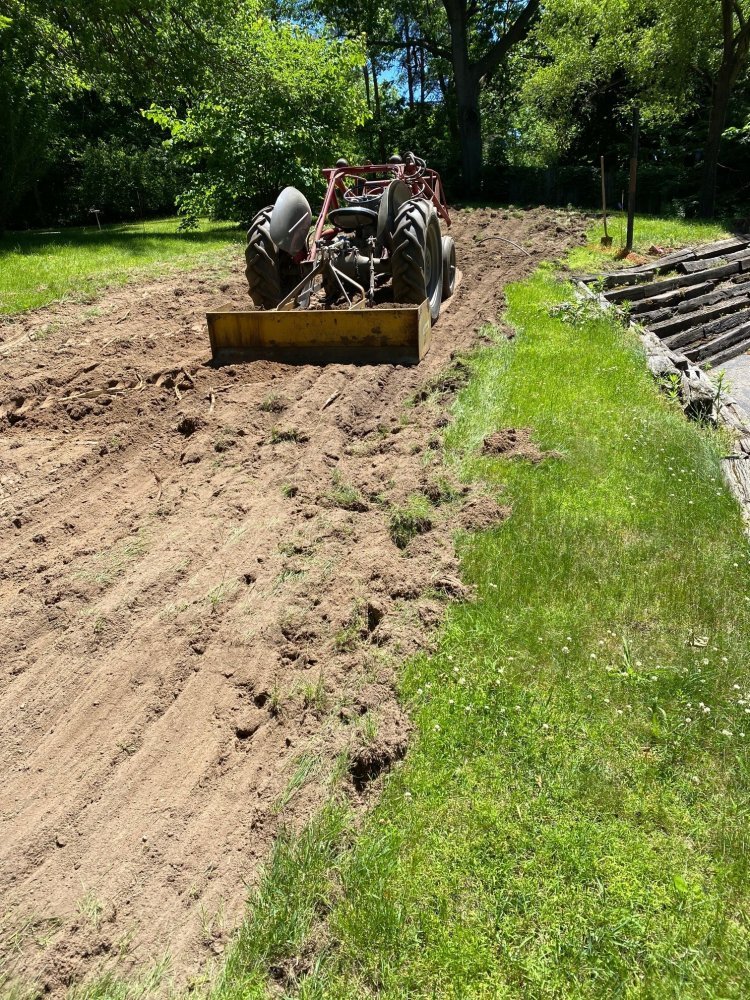
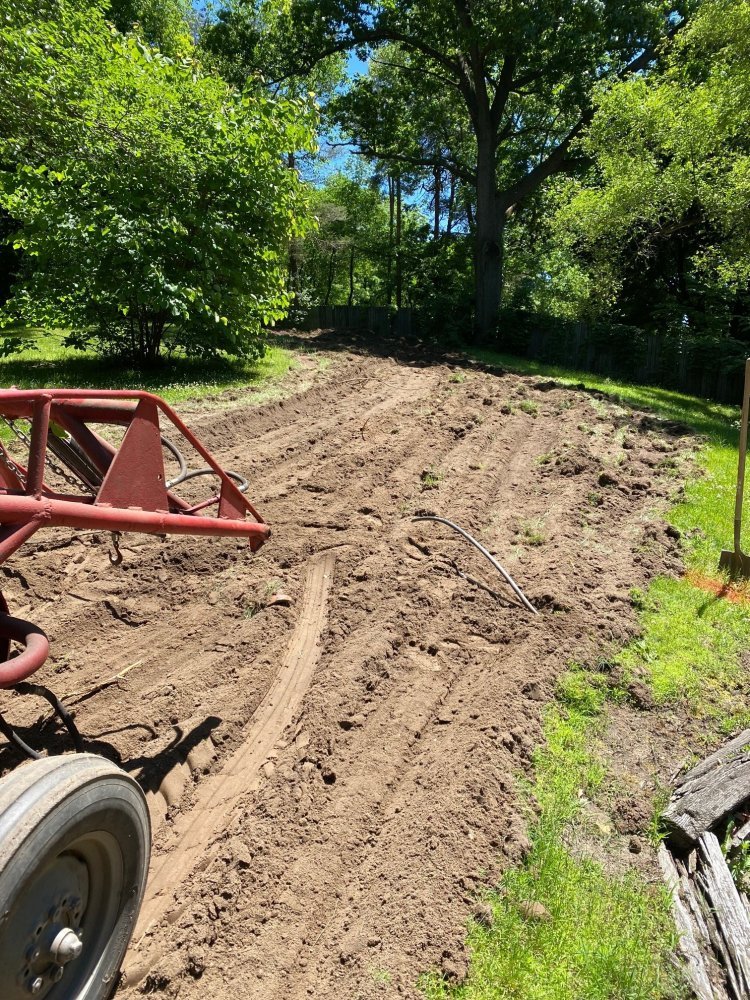
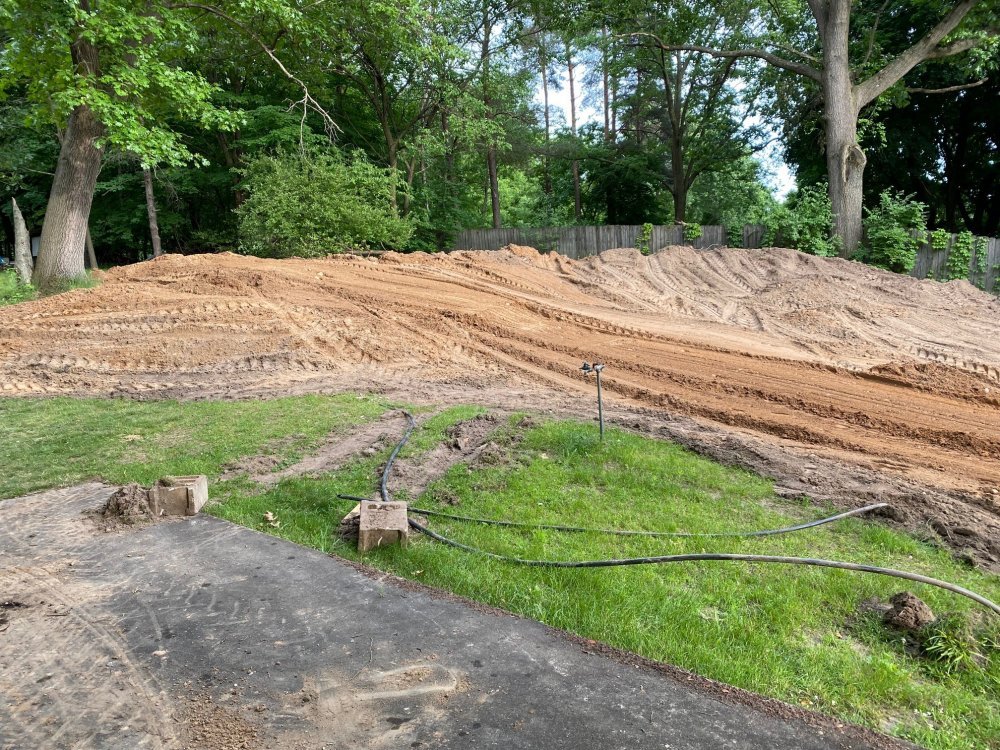
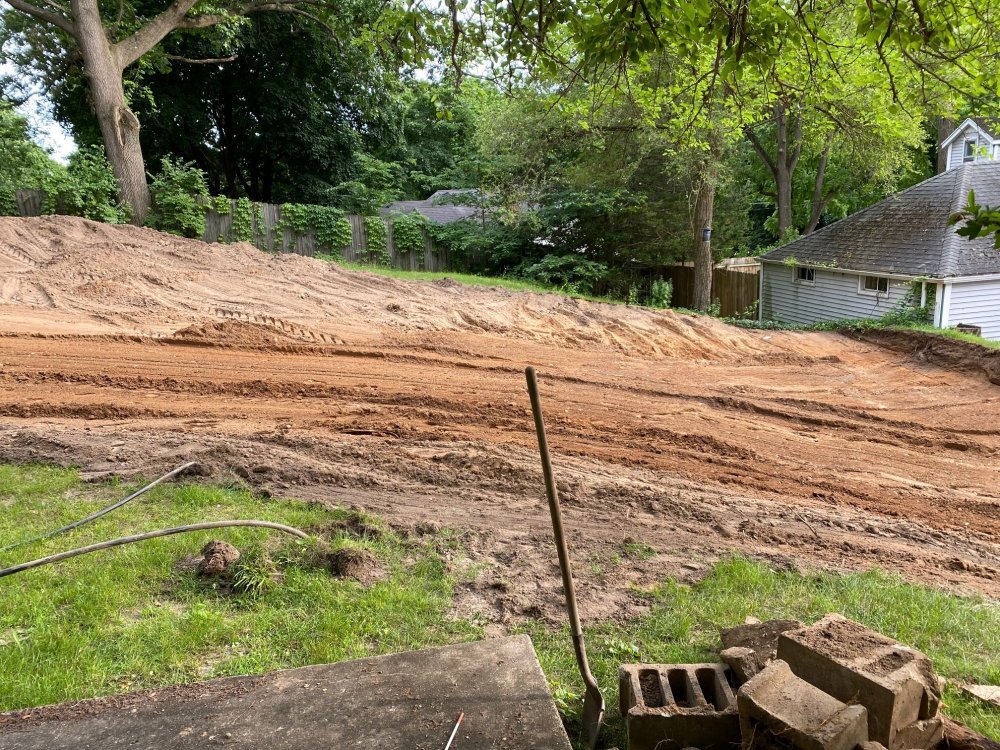
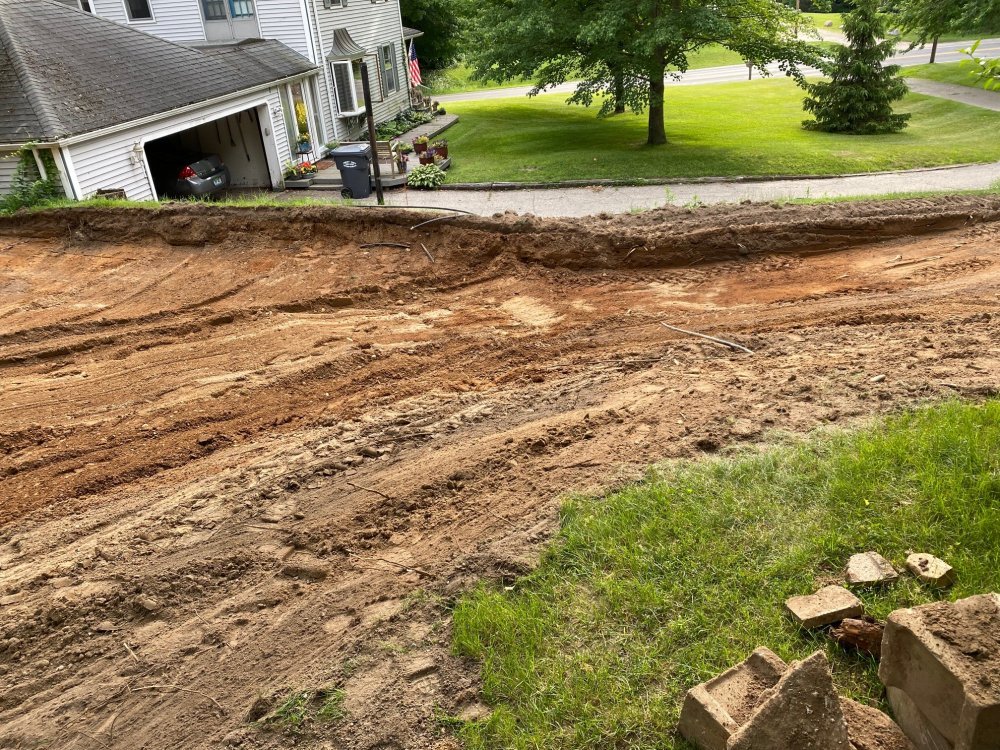
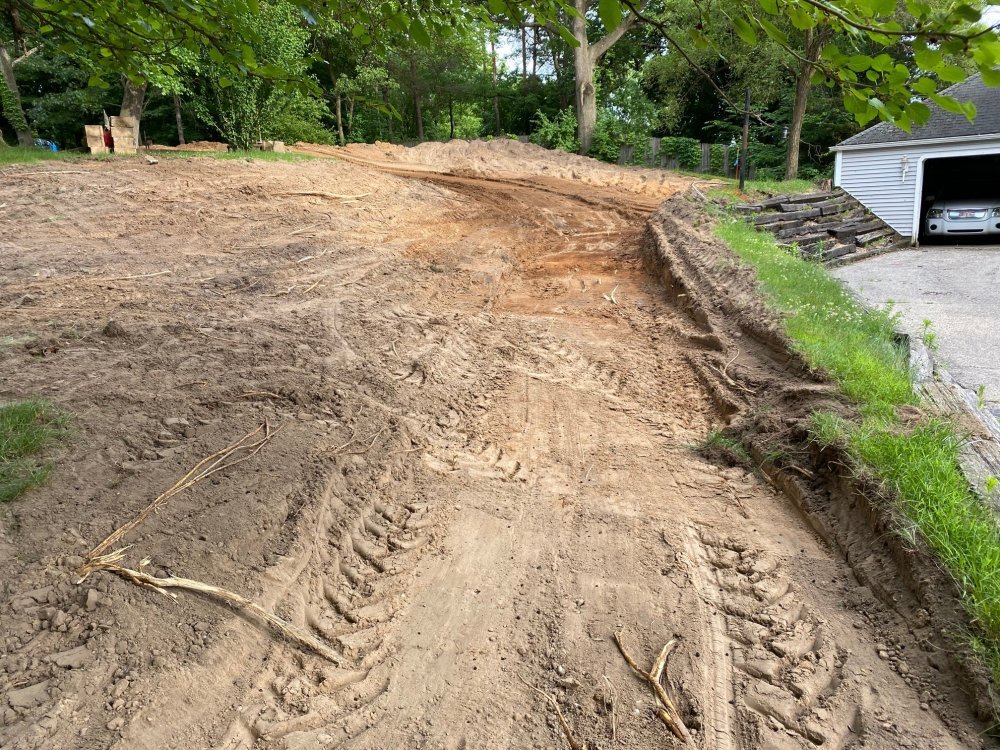
Yup, not a lot of working room to be sure.First picture, the tractor setting beside the left side of that tree. If the end of that fence and the edge of that tree is the propitty line, then You are close. Very very close to running out of room.o
I thought about making shims, but I wasn’t sure I’d be able to make the holes in the shims without just tearing the shim stock. Of course now that I’m typing this, it just occurred to me that I could have clamped it between 2 blocks of wood before drilling and that would have kept things from tearing I bet. Oh well.As handy as you are Nate I'm surprised you didn't make the shims. Those retaining walls out of railroad ties take alot of work. Did you have to sharpen your drill bit often. Looks good good
That’s what I was picturing was a round, hollow punch, but I don’t have any of those. I guess I need to get a set in case something like this comes up again.I would have tried a regular gasket hole punch on the end grain of some hardwood
A cheap chinesium set lasts a long timeThat’s what I was picturing was a round, hollow punch, but I don’t have any of those. I guess I need to get a set in case something like this comes up again.
